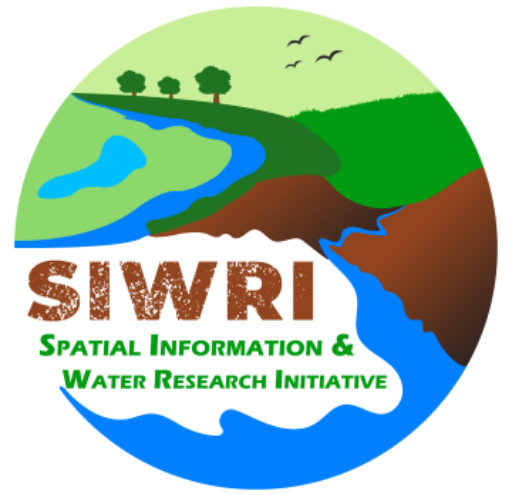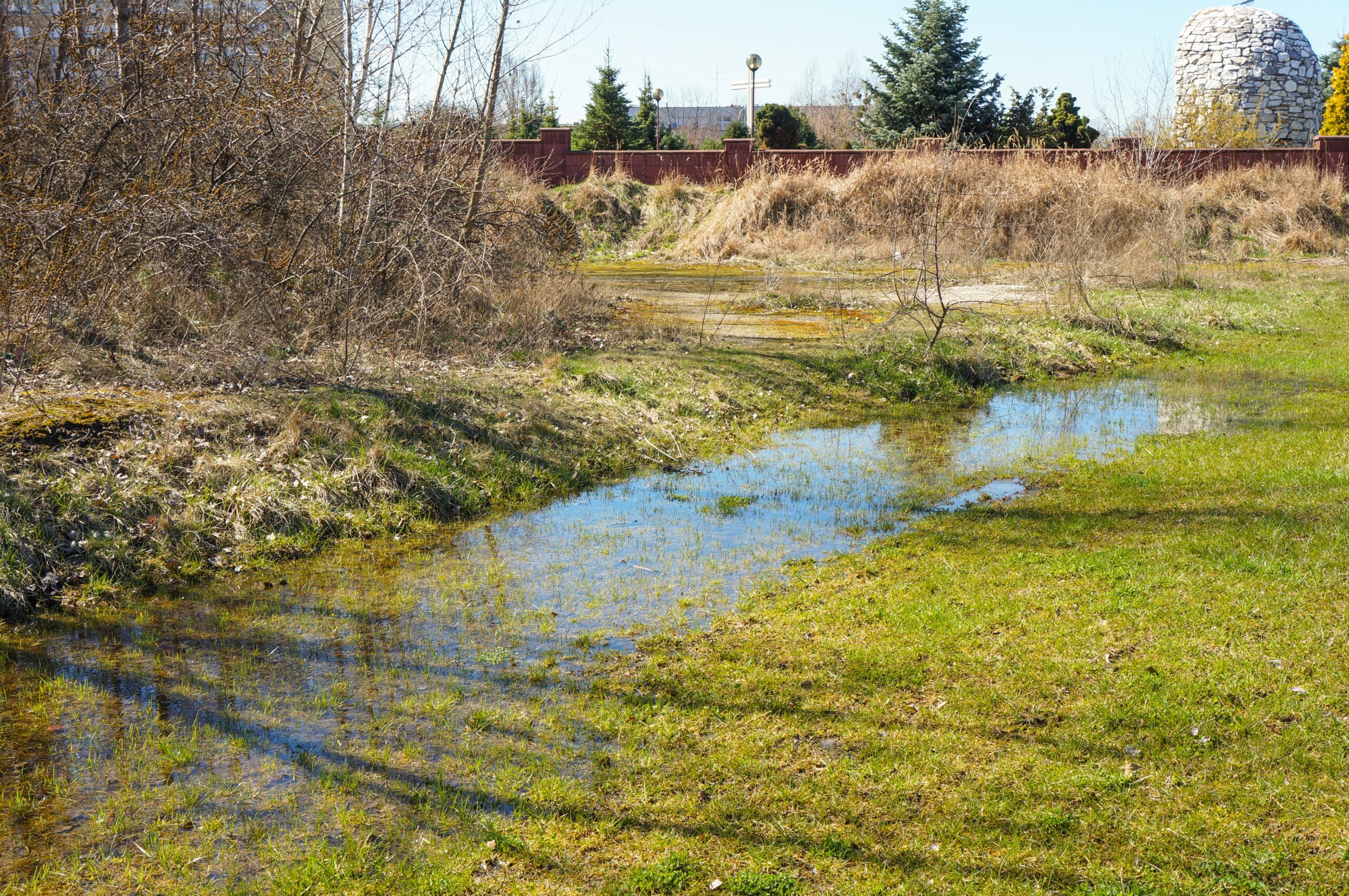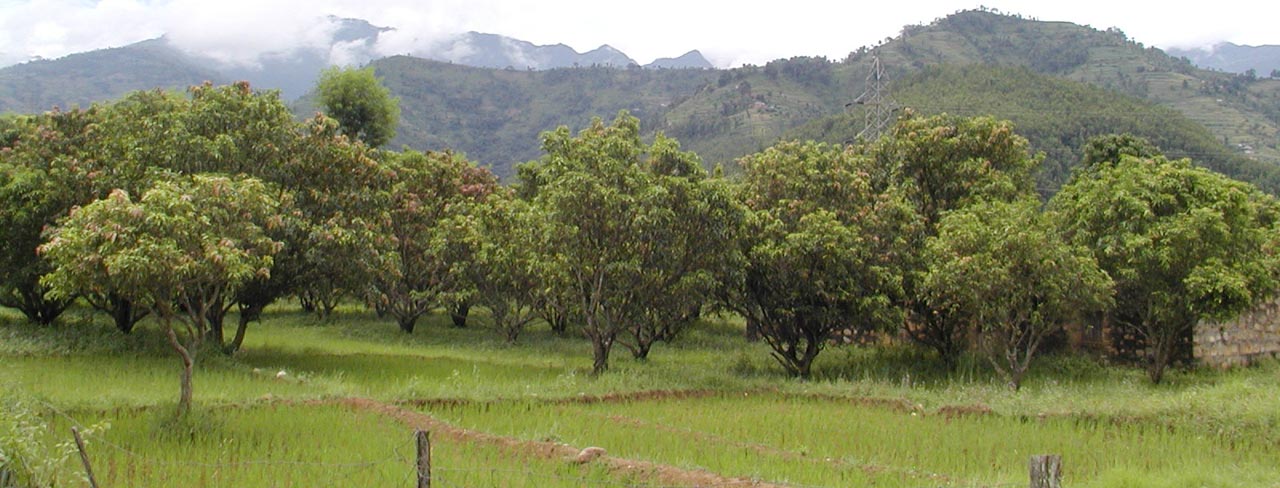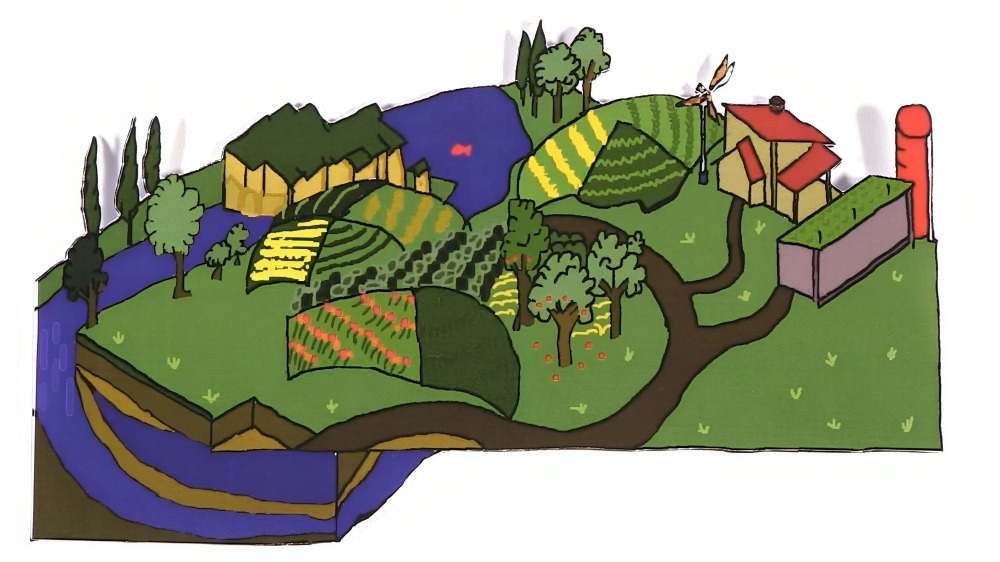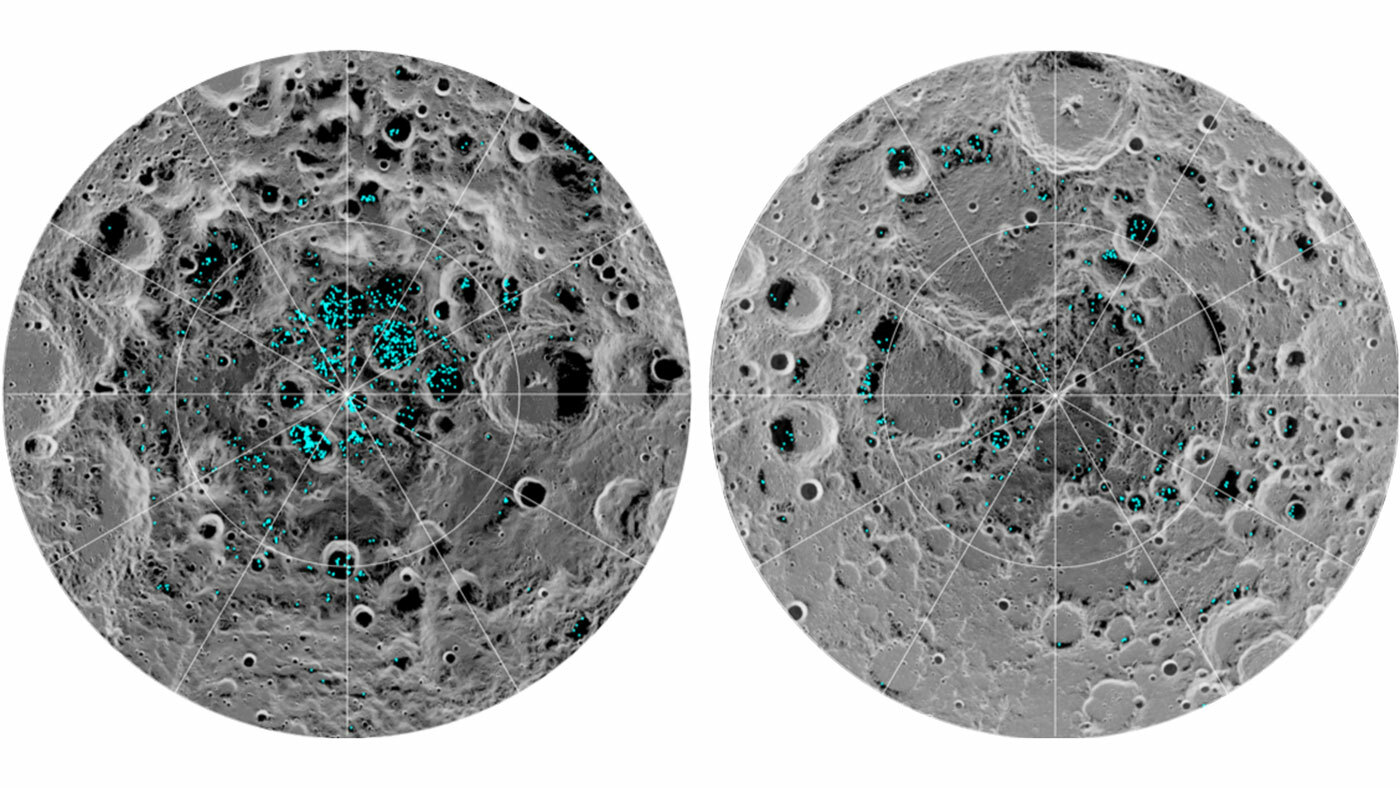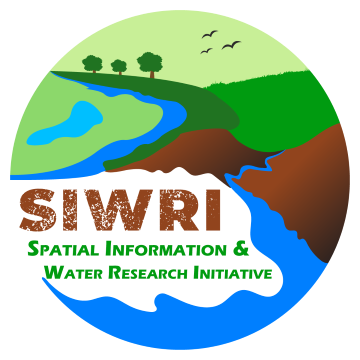Stormwater Drainage System: 7 Effective Strategies to Prevent Stormwater Runoff Pollution and Protect Waterways
Have you ever wondered how the rainwater that runs off your property affects your local waterways? In Stormwater Drainage System, stormwater runoff can be a major contributor to water pollution, carrying harmful pollutants into rivers, lakes, and oceans. It’s important to take action to prevent stormwater runoff pollution and protect your local water sources.
In this article, we will explore seven effective strategies that you can implement to mitigate stormwater runoff pollution. From installing rain barrels and using permeable pavement to creating rain gardens and implementing green infrastructure, these techniques can make a significant difference in reducing the impact of stormwater runoff on the environment.
We will also discuss the importance of public awareness and education in preventing stormwater runoff pollution. By understanding the consequences of our actions and making informed choices, we can all play a role in protecting our local waterways and ensuring clean and healthy environments for future generations.
Discover how simple changes can have a big impact on preventing stormwater runoff pollution and safeguarding the health of our water sources. Let’s work together to make a difference and preserve the beauty and sustainability of our local ecosystems.
Understanding stormwater runoff pollution in Stormwater Drainage System
Stormwater runoff occurs when rainwater flows over surfaces such as rooftops, driveways, and roads, picking up various pollutants along the way. These pollutants can include chemicals, oils, fertilizers, pesticides, and debris. As the stormwater makes its way into storm drains and sewer systems, it ultimately ends up in local waterways, posing a threat to aquatic life and ecosystems.
The impact of stormwater runoff pollution on local waterways
The consequences of stormwater runoff pollution can be devastating to local waterways. The pollutants carried by stormwater can contaminate drinking water sources, degrade water quality, and harm aquatic plants and animals. Excessive nutrients, such as nitrogen and phosphorus, can lead to harmful algal blooms, which deplete oxygen levels in the water and create dead zones where marine life cannot survive. Sedimentation caused by stormwater runoff can smother aquatic habitats and disrupt the natural balance of ecosystems.
Importance of preventing stormwater runoff pollution
Preventing stormwater runoff pollution is crucial for the health and sustainability of our local water sources. By implementing effective strategies, we can reduce the amount of pollutants entering our waterways and minimize the negative impact on the environment. Additionally, preventing stormwater runoff pollution helps maintain clean and safe water for drinking, swimming, and recreational activities.
So let’s dig into the 7 strategies one by one to prevent stormwater runoff pollution and protect waterways in stormwater drainage system.
Strategy 1: Implementing Green Infrastructure
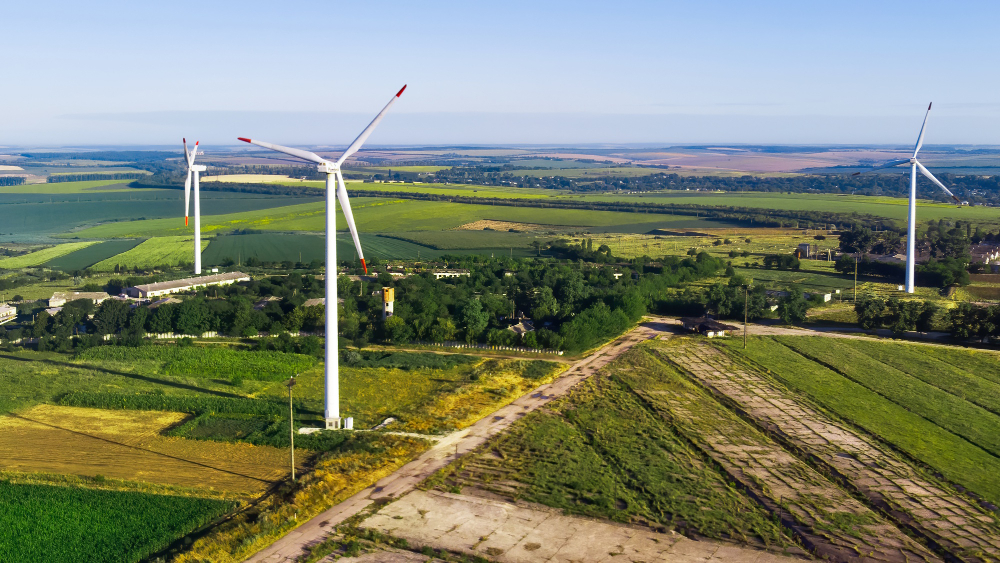
In stormwater drainage system, one effective strategy to prevent stormwater runoff pollution is to implement green infrastructure. Green infrastructure refers to practices that mimic natural processes to manage stormwater. It includes features such as rain gardens, bioswales, and permeable pavements. These features help slow down and absorb stormwater, allowing it to infiltrate into the ground rather than running off into waterways. By incorporating green infrastructure into our landscapes, we can reduce the volume and velocity of stormwater runoff, as well as filter out pollutants before they reach the water.
Strategy 2: Installing Rain Gardens

In stormwater drainage system, Rain gardens are another effective way to prevent stormwater runoff pollution. A rain garden is a shallow depression filled with native plants that are able to tolerate both wet and dry conditions. When it rains, the rain garden collects and absorbs the stormwater, allowing it to naturally filter through the soil. This process helps remove pollutants from the water and recharge groundwater supplies. By installing rain gardens on your property, you can significantly reduce the amount of stormwater runoff and contribute to the overall health of local waterways.
Strategy 3: Properly Maintaining Stormwater Management Systems
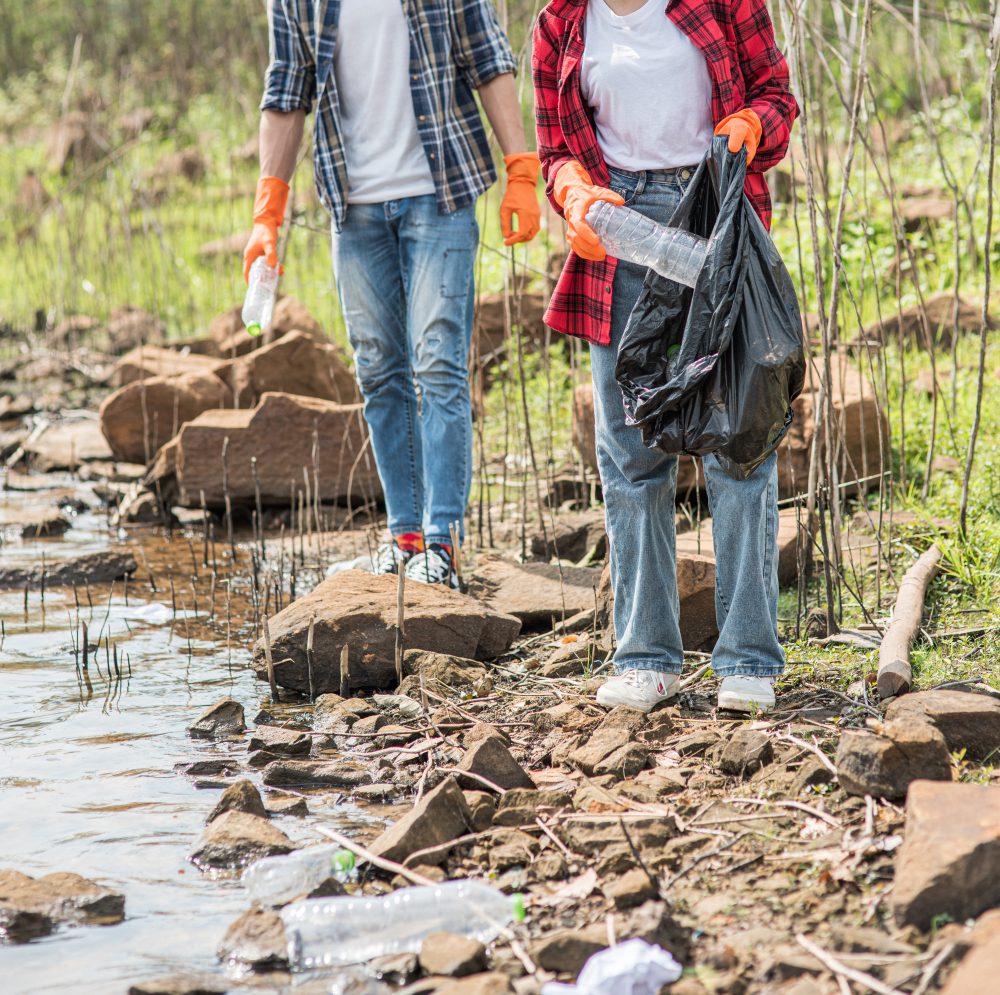
Proper maintenance of stormwater management systems is essential in preventing stormwater runoff pollution. These systems, such as detention ponds and retention basins, are designed to capture and temporarily hold stormwater, allowing sediment and pollutants to settle out before the water is released. Regular inspections, cleaning, and repairs of these systems ensure that they function effectively and prevent pollutants from entering our waterways. It is important to follow maintenance guidelines provided by local authorities and seek professional assistance when needed.
Strategy 4: Educating the Community on Stormwater Drainage System Runoff Pollution Prevention

Public awareness and education play a crucial role in preventing stormwater runoff pollution. By educating the community about the impact of stormwater runoff on water quality and the environment, we can promote responsible behavior and encourage individuals to take action. This can be done through public outreach programs, informational campaigns, and workshops. By raising awareness about the importance of preventing stormwater runoff pollution, we can empower individuals to make informed choices and adopt sustainable practices. This strategy will have a long-lasting impact on managing stormwater drainage system
Strategy 5: Implementing Low-Impact Development Practices (LID) in Stormwater Drainage System
This is one of the most important strategies in managing stormwater drainage system. Low-impact development (LID) practices are an effective way to prevent stormwater runoff pollution. LID techniques focus on managing stormwater at its source by using design strategies that mimic natural hydrological processes. Some examples of LID practices include installing green roofs, using permeable pavement, and utilizing rainwater harvesting systems. By implementing LID practices, we can reduce the volume and velocity of stormwater runoff, as well as filter out pollutants before they enter our waterways.
We would discuss the five fundamental LID (Low Impact Development) controls types designed to effectively manage stormwater by utilizing detention, infiltration, and evapotranspiration techniques. In Bentley OpenFlows SewerGEMS software, you can model the hydrologic performance of five fundamental LID control categories:
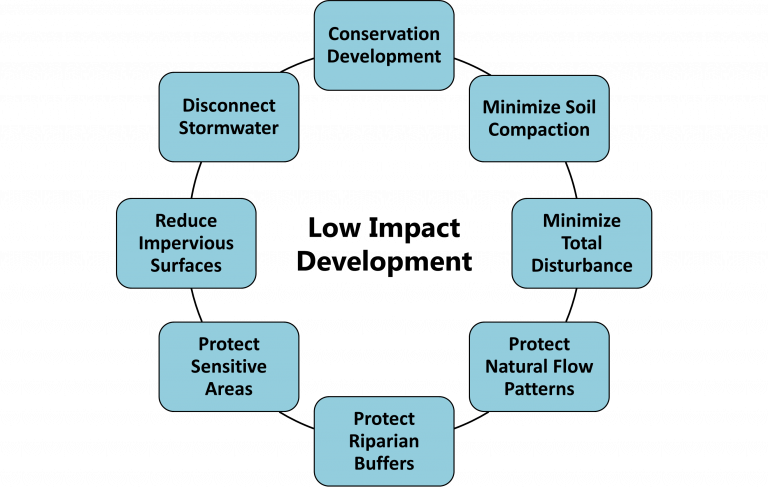
- Bioretention Cells: These encompass diverse facilities like rain gardens, planters, and green roofs. Typically composed of surface storage, vegetation, and an engineered soil layer with an underlying gravel drainage stratum. Optionally, an underdrain system can be integrated.
- Infiltration Trenches: Utilizing gravel-filled trenches, this approach allows stormwater to be stored in void spaces while gradually infiltrating into the surrounding soil. Incorporation of an underdrain system is also possible.
- Porous Pavement: Whether in the form of continuous porous pavement or block pavers, this technique involves a surface pavement layer overlying a gravel stratum. The porous surface facilitates stormwater entry and storage within the gravel layer, promoting gradual infiltration into adjacent soils. An underdrain system can be integrated if needed.
- Rain Barrels: These containers efficiently collect runoff from roofs, offering the flexibility to release captured stormwater at a controlled pace or utilize it for irrigation purposes. (Cisterns also fall under the “rain barrel” LID control category.)
- Vegetative Swales: These are designed as vegetated channels or depressions. They provide a natural means for allowing a portion of intercepted stormwater to gradually infiltrate the underlying soil.
Optimize your stormwater management strategy by exploring these distinct LID control methods, each tailored to efficiently handle stormwater runoff through innovative and environmentally sensitive techniques.
Strategy 6: Controlling Erosion and Sedimentation
Strategy 7: Regularly Monitoring and Assessing Water Quality
Regular monitoring and assessment of water quality are important in preventing stormwater runoff pollution. By regularly testing water samples from local waterways, authorities can identify pollution sources and take appropriate actions to mitigate the problem. Monitoring can also help track the effectiveness of implemented strategies and identify areas that require further improvement. Citizen science initiatives can also be encouraged, where community members participate in water quality monitoring and reporting. By working together to monitor and assess water quality, we can ensure the effectiveness of our stormwater runoff pollution prevention efforts in order to manage stormwater system.
Conclusion
Related blog: What is a Culvert? Hydraulics and Hydrology of Culvert
